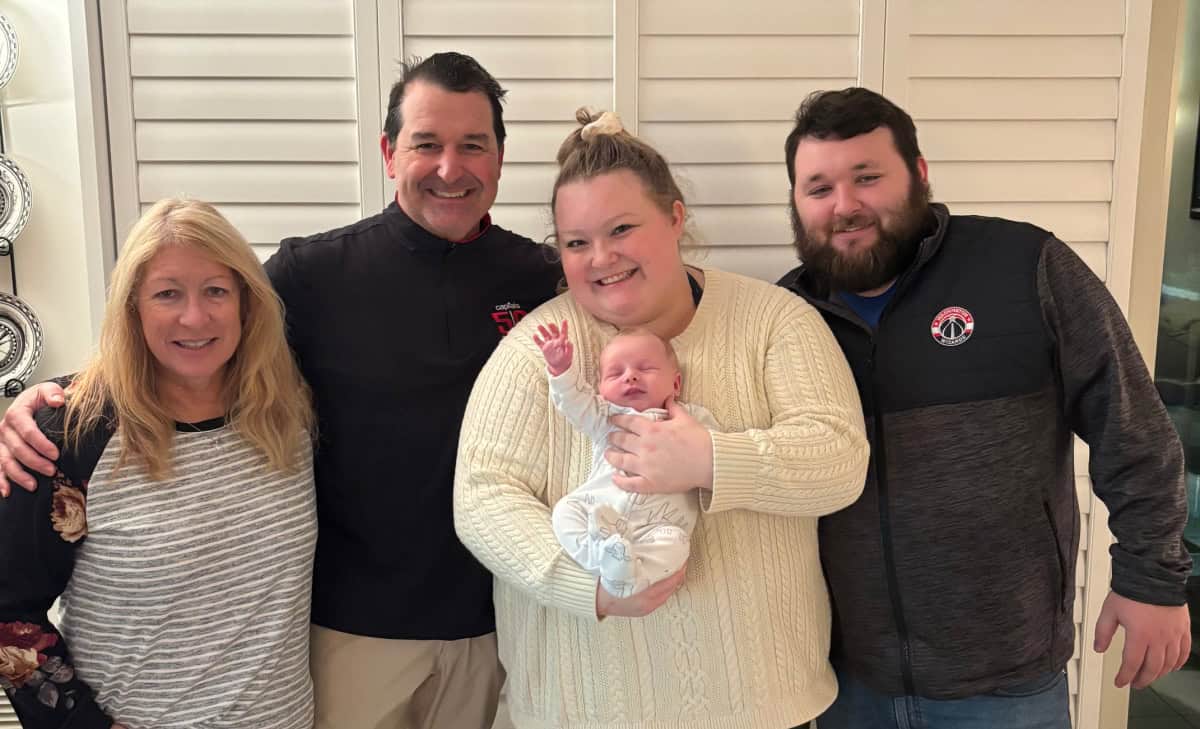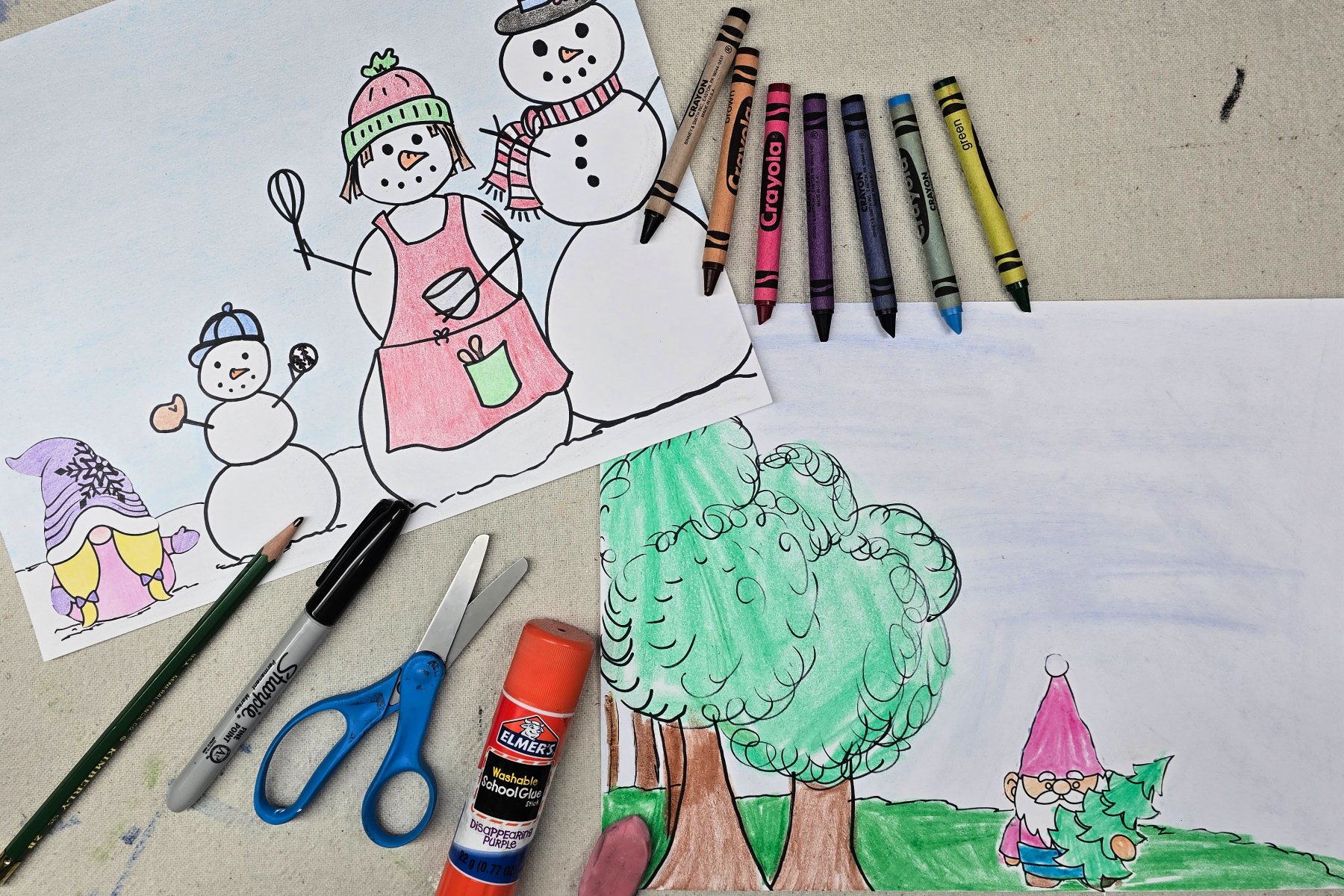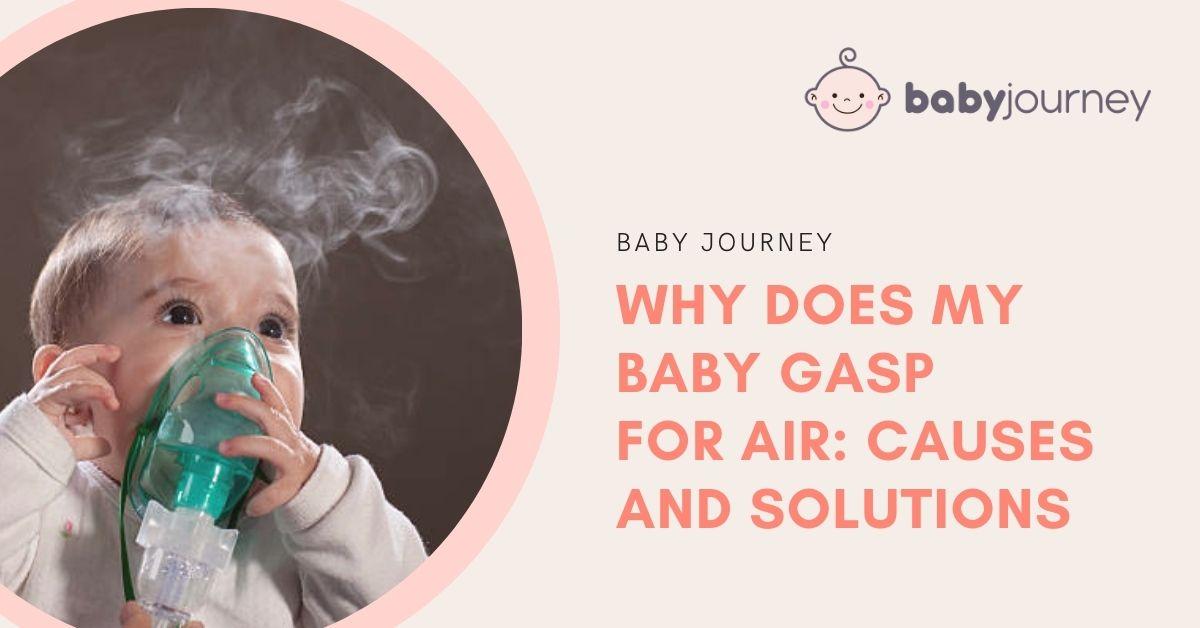It’s overwhelming and often a shock to learn that your child’s behaviours have a name: autism. But when my son was diagnosed, I was relieved because we could now get help. While a diagnosis might feel like the end of a long journey, with lots of questions and even more appointments, it’s just the beginning — and this part comes with answers and services that can help.
What should you do after an autism diagnosis?
Reach out to developmental service providers in your catchment area. The healthcare provider that diagnosed your child can usually provide you with referrals, as can service navigators, services like 2-1-1 and other parents. Canadians can contact the intake departments of organizations like Kerry’s Place Autism Services.
What should you expect from autism services?
Kelly West, Vice President of Community Services at Kerry’s Place, reminds parents that “there is no cure for autism and no single, comprehensive treatment”. Autism affects each child differently, so services must be customized.
There are many therapeutic approaches that support autistic children, based on age. Carmela Campanella-Borraccia, Vice President of Clinical Supports and Services at Kerry’s Place, and her team follow a biopsychosocial model that takes into consideration biological, psychological and social factors to understand what may be contributing to an autistic child’s behaviour.
As she states, “It’s important to determine whether additional medical conditions or diagnoses are present. An integrated model informs the approach clinicians take with each child.”
What are some common therapeutic approaches?
Applied Behaviour Analysis (ABA)
ABA is a scientific approach to understanding behaviour. It focuses on how behaviours change or are affected by the environment. ABA helps children to achieve skill-building and behaviour-reduction goals in order to enhance their quality of life.
It can be adapted to meet the needs of each child and can be applied on a one-on-one basis, in a group, at school, in the community and/or with the family to ensure that every individual involved in the child’s care is on the same page.
If a non-verbal child is learning sign language, for example, the school and home should participate. If a child is in Scouts or another activity, every leader and volunteer should consistently apply what the child is learning.
To ensure your child is receiving high-quality, ethical programming, make sure a Board Certified Behaviour Analyst (BCBA) is either working with your child or supervising the behaviour consultant or therapist working with your child.
Common types of services using the principles of ABA include:
A team-based approach is ideal, with the child’s therapist, caregivers and teachers. Ms. West points to the importance of parents working with the school to develop customized Individualized Education Plans for their children.
Some therapists use TEACCH (Treatment & Education of Autistic and related Communications Handicapped Children), a structured classroom-based approach that emphasizes consistency and visual cues, for example pairing verbal and visual instructions.
Cognitive Behavioural Therapy (CBT)
CBT teaches children connections between thoughts, feelings and behaviours. They learn to understand how thoughts influence behaviours and, in turn, how to think about situations so they can change their reactions and better cope. CBT is also used for associated conditions like ADHD and anxiety.
OT addresses a child’s sensory needs, as well as helping to teach daily life skills like dressing, eating, and bathing.
PT improves movement, coordination, fine and gross motor skills and balance, as well as addressing sensory needs.
Speech and language therapy
Through speech and language therapy, a child improves both their verbal and non-verbal communication skills.
Do special diets work for autistic children?
Proper nutrition is obviously important, and some autistic children have food sensitivities and restrictions, only eating particular foods and textures. Most experts, however, point to a lack of evidence that specific diets help autistic children.
No medication currently treats autism. Medications instead treat co-occurring conditions, such as anxiety, OCD, ADHD, depression and physical illnesses like stomach or gastrointestinal problems.
Ms. Campanella-Borraccia commented that among the most common medications prescribed are risperidone/Risperidal for aggressive behaviour and meltdowns, aripiprazole/Abilify for irritability, and quetiapine/Seroquel for mood disorders. There is also a growing use of medically-prescribed cannabis for older children, particularly for anxiety.
Medications are most effective when paired with behavioural therapies. An integrated approach complements or reduces a child’s dependence on medications by teaching them coping and self-regulation skills, especially if they are unable to communicate how they are feeling.
Ultimately, it’s up to each parent to decide the best approach for their own child’s needs. Whatever you choose, remember that therapy is a family affair. We parents can significantly help our children improve their daily functioning and quality of life by learning these important skills. The outcome is so worth it.
Jan Stewart is a highly regarded mental health and neurodiversity advocate. Her brutally honest memoir Hold on Tight: A Parent’s Journey Raising Children with Mental Illness describes her emotional roller coaster story parenting two children with multiple mental health and neurodevelopmental disorders.

 PARENTING TIPS
PARENTING TIPS







 PREGNANCY
PREGNANCY








 BABY CARE
BABY CARE








 TODDLERS
TODDLERS








 TEENS
TEENS








 HEALTH CARE
HEALTH CARE







 ACTIVITIES & CRAFTS
ACTIVITIES & CRAFTS







 CONTACT
CONTACT ABOUT
ABOUT



